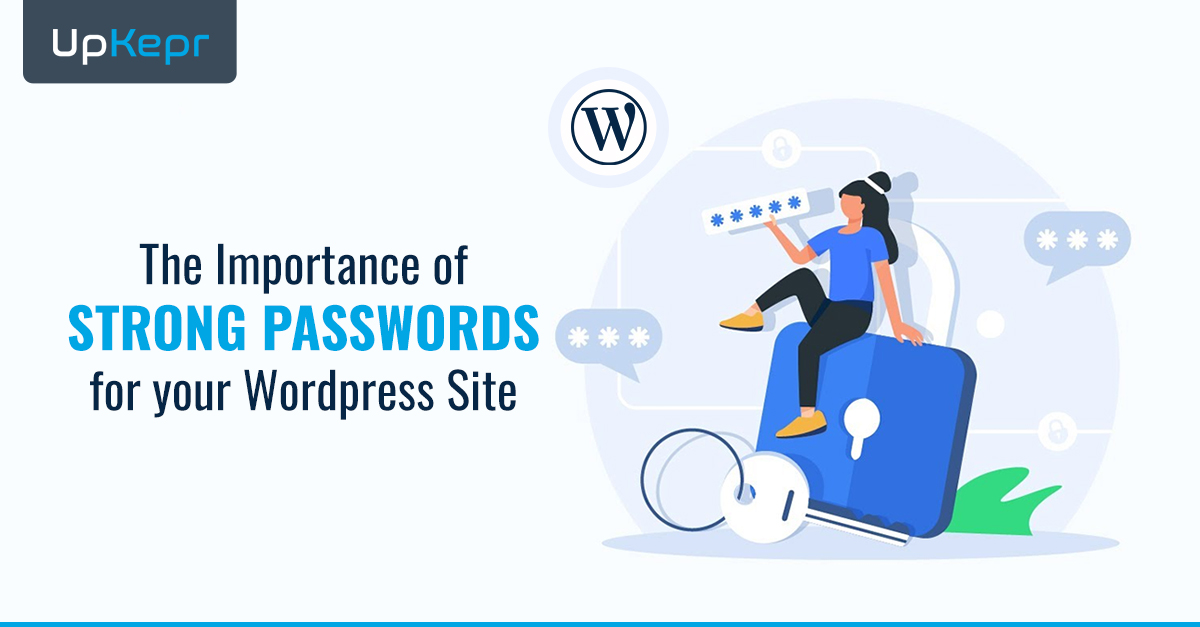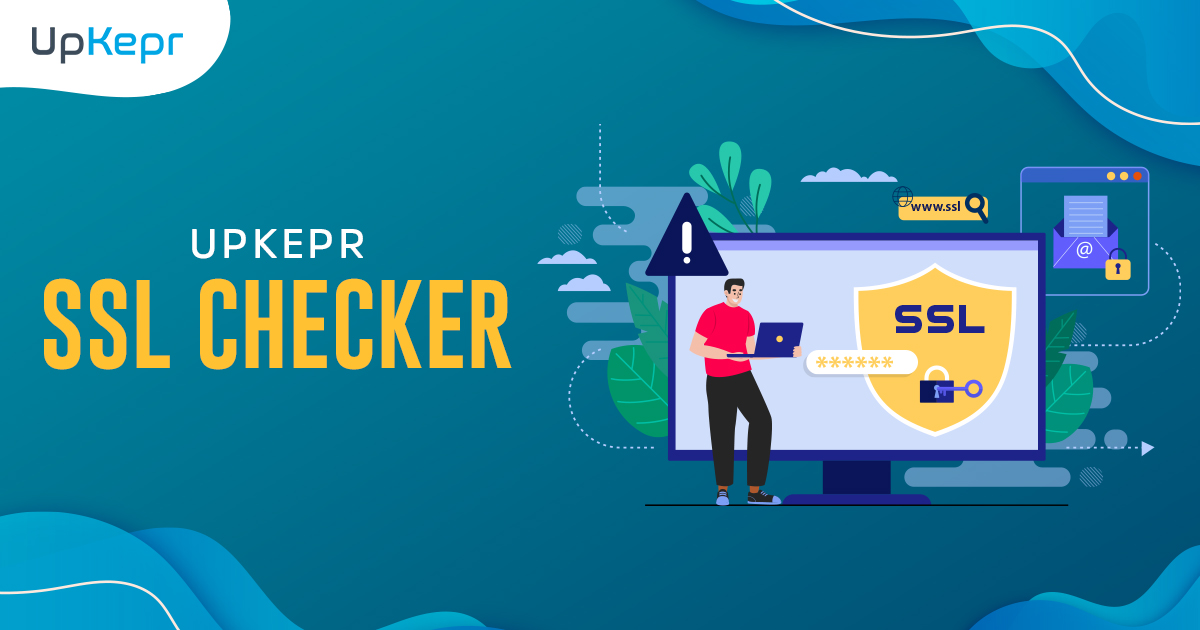
How to Implement Zero Trust Security for WordPress Websites

Introduction
Cyber threats are becoming increasingly sophisticated, making it essential for website owners to adopt robust security measures. One such approach is Zero Trust Security. Unlike traditional security models that rely on perimeter defenses, Zero Trust operates on the principle of "never trust, always verify." This means that every request, user, and device must be authenticated and authorized before accessing a system.
For WordPress website owners, implementing Zero Trust Security can provide enhanced protection against cyberattacks, unauthorized access, and data breaches. This comprehensive guide will walk you through the essential steps to implement Zero Trust Security for your WordPress site.
Understanding Zero Trust Security
Zero Trust Security is a modern cybersecurity framework that assumes threats exist both inside and outside the network. It eliminates implicit trust and requires continuous verification of users and devices before granting access to sensitive data or applications.
Core Principles of Zero Trust Security
- Verify Identity and Access Control – Enforce strict authentication policies.
- Least Privilege Access – Grant users the minimum necessary access.
- Micro-Segmentation – Divide network resources to limit unauthorized movement.
- Continuous Monitoring – Monitor and log all activities.
- Assume Breach – Always assume threats exist and prepare accordingly.
Steps to Implement Zero Trust Security for WordPress Websites
1. Secure User Authentication
User authentication is the first line of defense against unauthorized access. Implementing strong authentication measures ensures that only verified users can access your WordPress site.
Implement Multi-Factor Authentication (MFA)
MFA adds an extra layer of security by requiring users to verify their identity using multiple methods (e.g., passwords, OTPs, biometrics). You can enable MFA on WordPress using plugins like:
- Google Authenticator
- WP 2FA
- Duo Two-Factor Authentication
Use Strong Password Policies
- Enforce complex passwords with a mix of letters, numbers, and symbols.
- Implement a password expiration policy to ensure regular updates.
- Utilize a password manager to store credentials securely.
2. Implement Role-Based Access Control (RBAC)
Restricting user privileges minimizes the risk of unauthorized access and data breaches.
Steps to Implement RBAC in WordPress:
- Identify roles (e.g., Administrator, Editor, Contributor, Subscriber).
- Assign users the least amount of privilege necessary.
- Use plugins like User Role Editor to customize user permissions.
- Regularly audit and update user roles.
3. Secure WordPress Admin Panel
The WordPress admin panel is a common target for cyberattacks. Strengthening its security can prevent unauthorized access.
Ways to Secure the Admin Panel:
- Change the Default Login URL: Modify the /wp-admin login page using plugins like WPS Hide Login.
- Enable IP Whitelisting: Restrict admin access to specific IP addresses.
- Use CAPTCHA Verification: Implement Google reCAPTCHA to prevent brute force attacks.
- Limit Login Attempts: Use plugins like Login LockDown to restrict failed login attempts.
4. Monitor and Log Activities
Continuous monitoring and logging of user activities help detect suspicious behavior and potential breaches.
Best Practices for Monitoring WordPress Security:
- Use security plugins like UpKepr for real-time monitoring.
- Enable audit logs to track user actions.
- Set up alerts for unauthorized login attempts.
- Utilize a WordPress vulnerability scanner like UpKepr to check for WordPress vulnerabilities and detect potential security risks.
5. Protect Data with Encryption
Encryption ensures that sensitive data remains unreadable to unauthorized users.
Encryption Strategies for WordPress:
- Enable SSL/TLS: Install an SSL certificate to encrypt data in transit.
- Use Database Encryption: Implement plugins like WP Encryption for additional security.
- Encrypt Backups: Secure backup files with strong encryption before storing them.
6. Implement Web Application Firewall (WAF)
A Web Application Firewall (WAF) filters and blocks malicious traffic before it reaches your WordPress site.
Top WAF Solutions for WordPress:
- Cloudflare WAF
- Sucuri Firewall
- Wordfence Premium
7. Enforce Zero Trust Network Access (ZTNA)
ZTNA ensures that only authenticated and authorized users can access your WordPress site, reducing exposure to threats.
How to Implement ZTNA for WordPress:
- Use VPN or secure gateways to restrict access.
- Integrate identity and access management (IAM) solutions like Okta or Azure AD.
- Deploy endpoint security solutions to verify devices before granting access.
8. Keep WordPress and Plugins Updated
Outdated software can expose your site to vulnerabilities. Regular updates help patch security flaws and protect against attacks.
Update Best Practices:
- Enable automatic updates for WordPress core.
- Regularly update themes and plugins.
- Use a staging site to test updates before deployment.
9. Regular Security Audits and Penetration Testing
Conducting regular security audits helps identify and fix vulnerabilities before attackers exploit them.
How to Perform a Security Audit:
- Use security scanners like WPScan or MalCare.
- Check file integrity for unauthorized modifications.
- Conduct penetration testing to simulate attacks and test defenses.
- Utilize UpKepr WordPress vulnerability scanner to check for WordPress vulnerabilities and assess security risks.
10. Backup Your WordPress Site Regularly
Having a reliable backup strategy ensures quick recovery in case of a security breach.
Best Practices for WordPress Backups:
- Schedule automated backups using plugins like UpKepr.
- Store backups on cloud storage or secure external servers.
- Test backup restoration to ensure functionality.
Scan Your Website With UpKepr Now
Conclusion
Implementing Zero Trust Security for your WordPress website is crucial for protecting against evolving cyber threats. By enforcing strict authentication, limiting user access, securing the admin panel, monitoring activities, and encrypting sensitive data, you can create a resilient security framework.
By adopting the principles of Zero Trust, WordPress website owners can enhance security, mitigate risks, and ensure a safer experience for users. Stay proactive with continuous updates, security audits, and strong access controls to safeguard your WordPress website from potential threats. Utilize tools like UpKepr WordPress vulnerability scanner to regularly check for WordPress vulnerabilities and enhance your website’s security.



























































































 Sign Up with Google – Free
Sign Up with Google – Free Sign Up with Github – Free
Sign Up with Github – Free